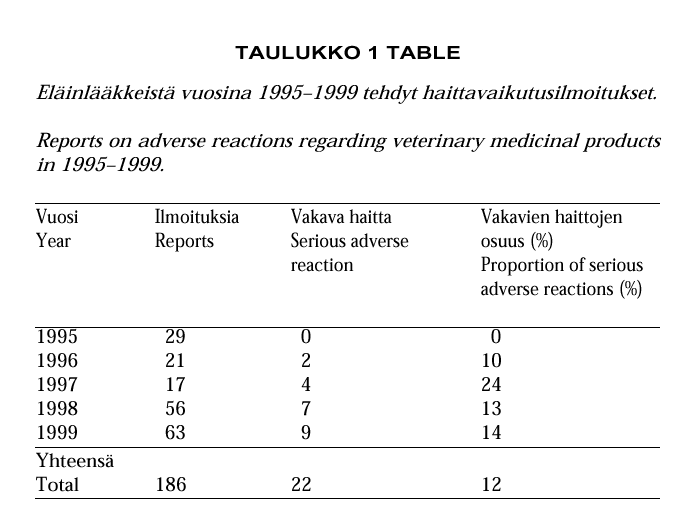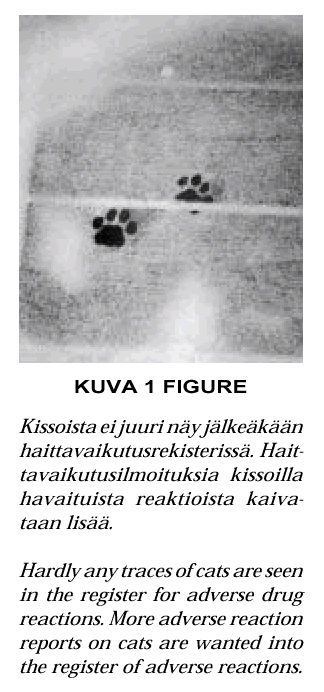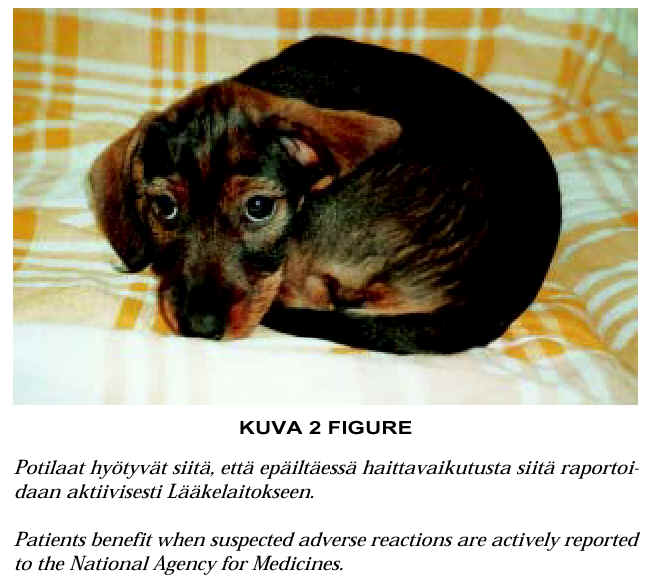
In this article the anatomy and physiology of the the iridocorneal angle, classification of glaucomas and its symptoms, and the diagnosis and treatment of glaucoma are reviewed. As a case report, we describe a primary glaucoma with pectinate ligament dysplasia in a 6 year old Labrador Retriever. Obvious clinical signs were present only in one eye even though the dysplasia was bilateral.
SUMMARY
The interest in group-housing calves under two months of age has increased in Finland due to new legislation and the spread of automated milk-feeding systems. This literature review describes the effect of group-housing on the morbidity, growth, mortality and behaviour of young calves. It is difficult to compare results from different studies, but in general the infectious pressure is higher among group-housed calves than in the individually housed ones. It could be difficult to determine sick calves in group-housing before the symptoms are severe. However, group-housing satisfies many of the young calves‘ needs; social and locomotory behaviour, few to mention. If the environment is optimal and the farmer is careful group-housing is a reasonable method for housing young unweaned calves.
The National Agency for Medicines has collected reports on suspected adverse drug reactions caused by veterinary medicinal products since 1995. The number of reports has been rather small all the time but it has shown steady increase. The proportion of serious adverse reaction reports has been only 12%. Reports on unexpected serious adverse reactions i.e. about the reactions, which are not mentioned in the Summary of Product Characteristics (SPC) are especially welcomed, in addition to the reports about expected serious adverse reactions (mentioned in the SPC). Reports about too short withdrawal periods, reactions caused by sedatives and anaesthetics and antiparasiticides used for dogs are discussed as examples of reports received. The National Agency for Medicines is grateful for all those who have submitted reports and wishes that the reporting will be even more active in the future.


